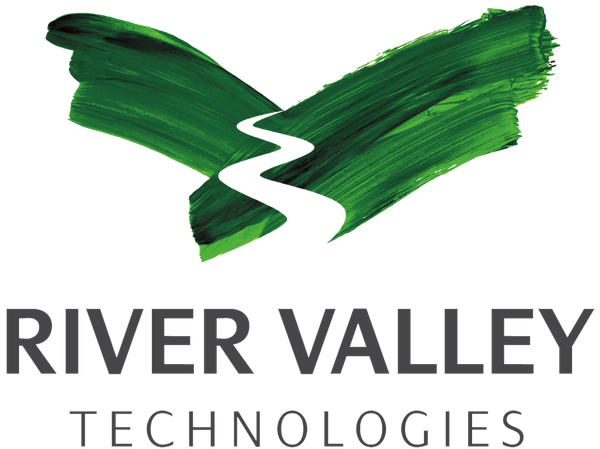As more developers have adopted SVG, questions have shifted from suitability as a format to more subtle questions about the best way to build with SVG in applications where it shines. Best practices are evolving for building applications, compatibility across implementations in different user agents, and for integrating SVG components as moving parts in larger HTML5 applications. The time has come to dive more deeply into efficient SVG applications.
Google has been a part of building the current generation of broadly-adopted SVG applications. Google Maps and Google Docs rely on SVG for interactivity and a robust document format. Google contributions to WebKit are helping to build one of the best open source implementations for rendering SVG. However, it is the community of developers, like the SVG Open community who are building the next generation of domain-specific tools using SVG and the rest of the open web stack.
Rob will compare real and perceived performant SVG coding practices, helping along the conversation around best practices for coding with dynamic SVG.



